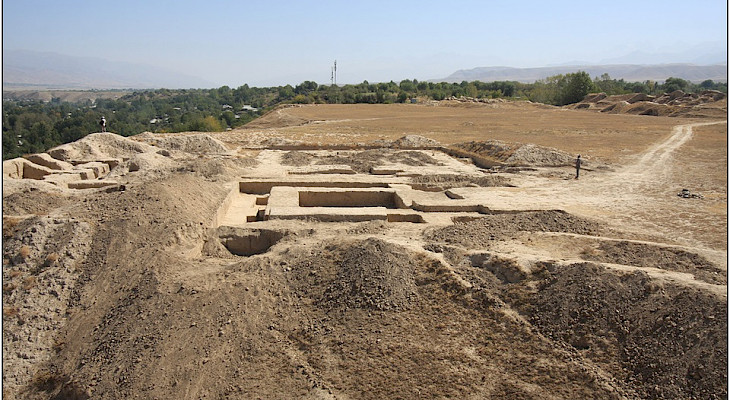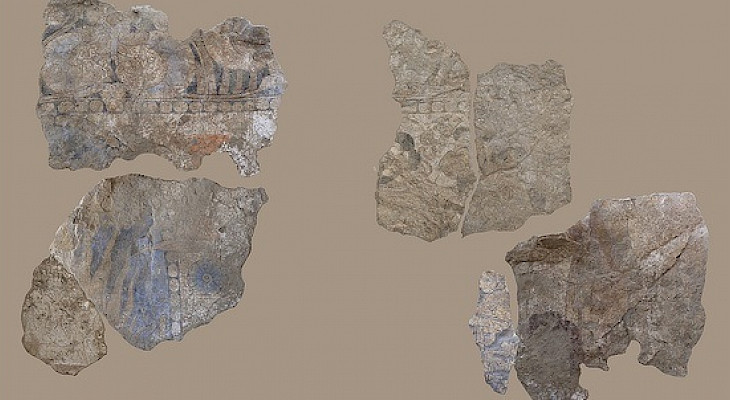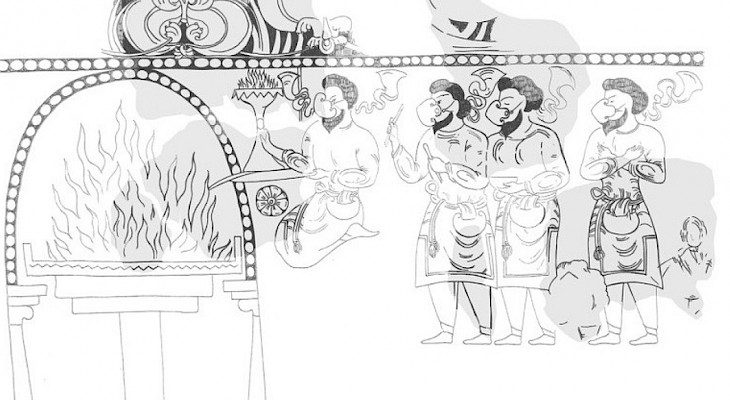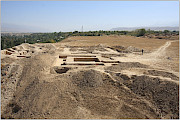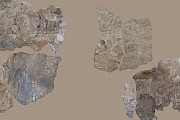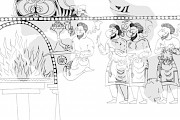Archaeologists have discovered fragments of a rare wall painting depicting a procession of fire-worshipping priests during excavations at the ancient Sogdian settlement of Sandjar-Shah near Panjakent. This was reported by the Telegram channel "Nauchny Reporter" citing the University of Cambridge, Avesta.tj writes.
The settlement, which flourished in the 8th century, was previously understudied — systematic excavations began only in 2001. The frescoes were found in the so-called Rectangular Hall, located in the former palace of the governor Nasr ibn Sayyar.
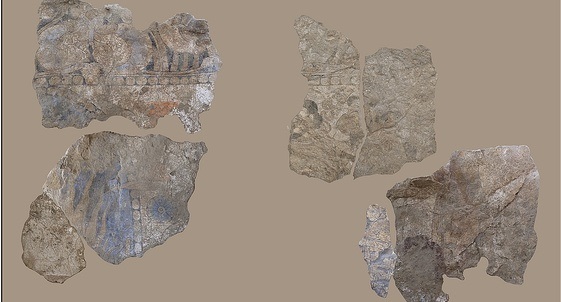
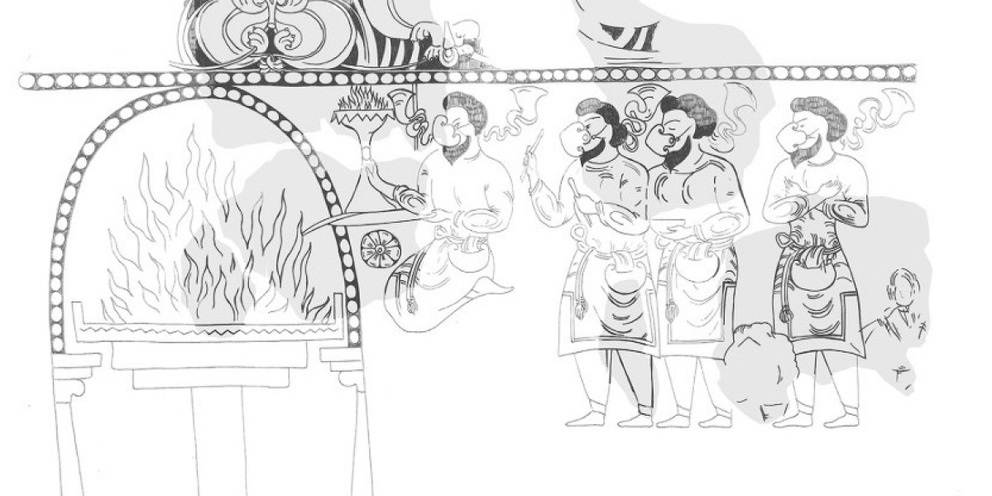
Among scenes of battles with demons, researchers identified a particularly significant composition: a procession of four priests and possibly a child approaching a large fire altar beneath an arch. Such a scene had previously been found only on ossuaries, but never in wall paintings.
The restored fragments have, for the first time, revealed the appearance of Zoroastrian priests: short hair, beards, long robes with a belt and bag, as well as special mouth and nose coverings ("padam"), which are still used in Zoroastrian tradition today.
The discovery sheds new light on the religious practices of Sogdiana and its role in the cultural history of the Silk Road.
CentralasianLIGHT.org
Sept. 4, 2025

